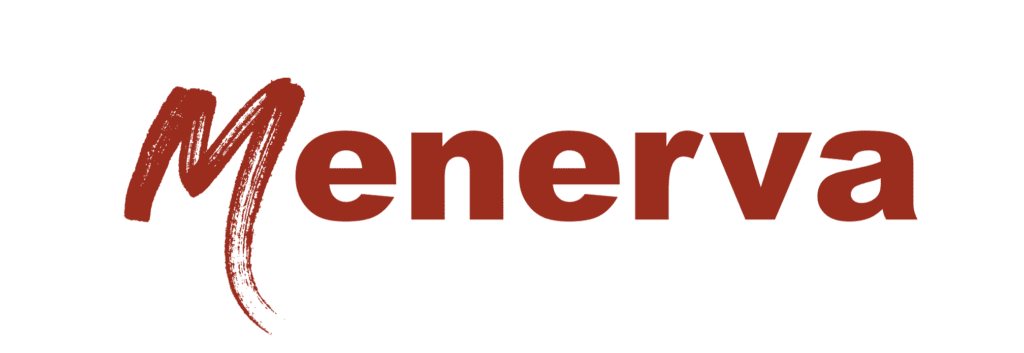Search hasn’t disappeared; it’s evolving. Sure, people still type queries into Google, but now they’re also asking questions in chat-style tools and skimming AI-generated answers. That shift introduced a new sibling to traditional search engine optimization: AEO (Answer Engine Optimization).
If SEO helps people and crawlers find your page, AEO helps machines extract the answer from it and gives you the credit.
This guide breaks down AEO vs. SEO in plain English, highlights where they overlap, and gives you a practical way to run them side by side without doubling your workload.
Quick Definitions
What is SEO (Search Engine Optimization)?
SEO is the work that makes a website findable and competitive in organic search: fast pages, crawlable structure, relevant content, clean internal linking, and trustworthy backlinks.
What is AEO (Answer Engine Optimization)?
AEO fine-tunes that same content so AI tools and assistants can understand what question you’re solving, extract a crisp answer, and cite your brand. Think: clear opening summaries, named entities, full FAQs, and precise claims worth quoting.
In short: SEO wins visibility. AEO wins clarity and citations.
If you’re working out how to build content that’s not just search-friendly but AI-friendly, our deeper dive into search mechanics in AI Overviews Are Reshaping B2B Search: What CMOs Need to Know
How Does SEO and AEO Overlap?
If you’re a digital marketer or content strategist, you’ll notice both disciplines thrive on the same strong foundation:
- Helpful, audience-focused content
- Clear structure (headings, logical sections)
- Technical hygiene (fast, mobile-friendly, secure, indexable)
If your SEO is weak, AEO won’t save the page. But if your SEO is solid, even modest AEO tweaks can unlock surprising gains: more impressions on question-style queries, more appearances in AI summaries, and more brand exposure, even if users don’t click.

Where AEO and SEO Diverge
Intent framing vs. keyword targeting
SEO is about aligning your content to keyword themes. AEO zooms in on intent and audience from the first line. For example: “This guide explains zero-downtime database migrations for IT managers.” That one sentence instantly tells both people and AI who it’s for and what it delivers.
Answer-first writing vs. lead-ins
SEO content often builds up to the answer. AEO flips that: lead with a short, clear summary you could read out loud. Start with “Yes,” “No,” or “It depends, here’s why,” then dive deeper.
Entities over synonyms
Content marketers and SEO writers often use varied phrasing to expand reach. AEO demands consistency. Say “SOC 2 Type II audit,” not just “the audit.” Use “ISO/IEC 27001” instead of “the security standard.” These precise terms help AI avoid confusion.
Citable claims vs. generalities
SEO can lean on general advice. AEO thrives on specifics: numbers, thresholds, and definitions that can be confidently quoted. Add a source when the stakes are high.
Full FAQs vs. keyword stuffing
Answer Engine Optimization favors complete Q&A formats. Each answer should be a standalone sentence or two. No fragments. No guessing. Definitely no keyword stuffing.
When to Prioritize Each
SEO-first moments: site launches, migrations, fixing technical debt, expanding categories, earning links, or building programmatic content.
AEO-first moments: educational explainers, how-to guides, comparison pages, compliance resources, and articles that rank but don’t show up in summaries.
Most teams switch between the two: strengthen SEO first, then layer on AEO where it matters most.

AEO + SEO on the Same Page: A Real Example
Scenario: A blog post titled “B2B SaaS Pricing Models” ranks on page one but rarely appears in AI-generated snapshots.
How SEO keeps it competitive:
- Loads fast, with smart internal links
- Clear H2s for tiers, discounts, and add-ons
- Includes charts and citations
How AEO makes it quotable:
- Starts with: “This guide compares pricing models for SaaS product marketers.”
- Each H2 kicks off with a short, clear summary
- Tables compare key models (e.g., usage-based vs. seat-based)
- Includes an expert quote to add a point of view
- FAQs are written in complete sentences: “Yes. Usage-based pricing can reduce friction, but it requires tighter analytics to forecast revenue.”
After a refresh like this, you’re more likely to earn impressions on conversational queries and get featured in AI overviews.

How to Layer AEO into Your SEO
1. Pick high-upside pages
If you’re a digital marketer or SEO strategist, start by identifying evergreen pages that already get search traffic or assist conversions. These are your best bets for AEO upgrades because they’re already trusted, and likely to be cited if clarified further.
2. Edit for answerability
- Add an audience line near the top
- Turn headings into explicit questions
- Begin sections with answer-first summaries
- Tighten up entities and avoid vague phrasing
- Write out FAQs fully, no fragments
3. Publish like it matters
Add an “Updated” tag. If you made meaningful changes, include a short changelog at the top. Show users (and crawlers) the page is actively maintained.
4. Measure both lenses
- SEO: rankings, non-branded traffic, conversions
- AEO: impressions for question-based queries, AI snapshot visibility, referral traffic from LLMs (group it separately so it doesn’t get lost in “Other”)
5. Rinse and scale
Apply the same editing pattern to other high-value URLs. Keep a shared guide for formatting quotes, naming entities, and writing FAQs so everyone stays consistent.
What Are Common Mistakes to Avoid with AEO?
- Over-explaining up top: Put the answer first; elaborate after.
- Thin FAQs: One-liners don’t cut it. Write responses that make sense alone.
- Ambiguous acronyms: Spell out the first mention and stick with one format.
- No proof: Opinion without data doesn’t get quoted. Add stats or sources.
- Chasing gimmicks: Schema helps, but it won’t save unclear content.
Key Takeaways: AEO vs. SEO
This isn’t an either/or choice. SEO makes your content visible. AEO makes it quotable.
Put them together and you win on both fronts: ranking for click-worthy searches and earning citations in answer-first experiences.
Want Help Adding AEO Without Overhauling Your Content?
Menerva Digital can help. We’ll pinpoint your highest-upside pages and build a repeatable AEO refresh strategy that fits your existing SEO workflow. Check out how we approach SEO audits and content optimization to get started.





